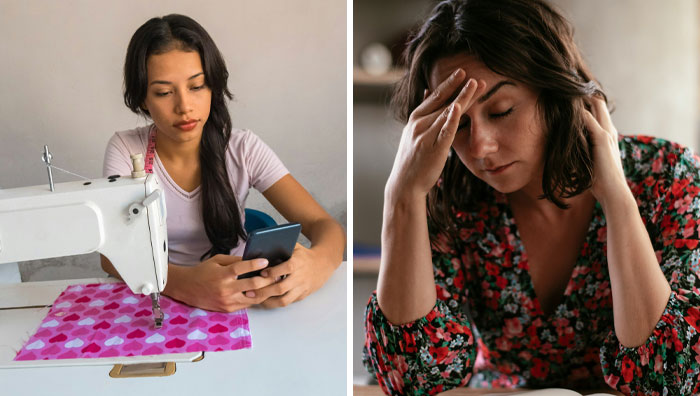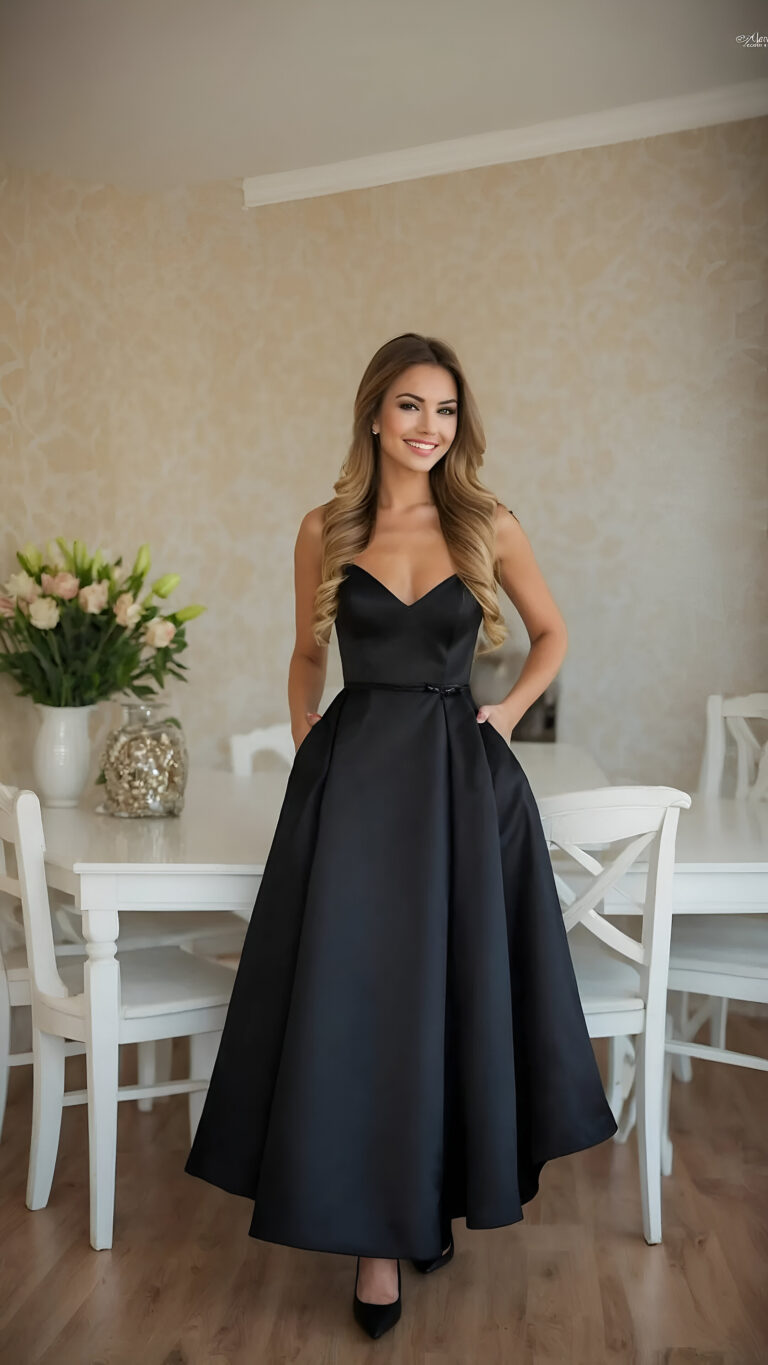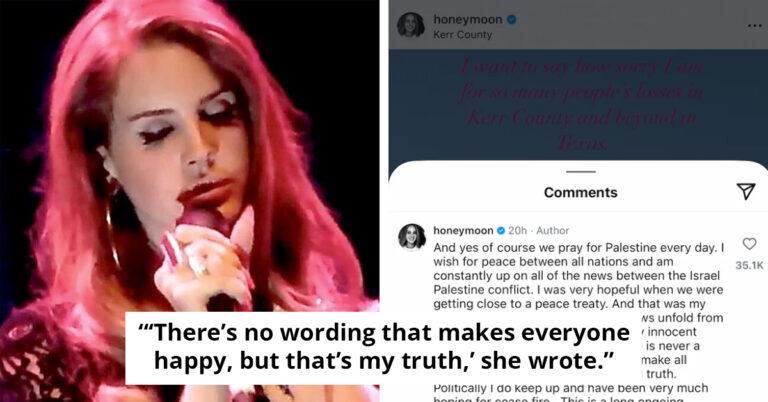What Are the First Steps to Transitioning Into a Minimalist Lifestyle?
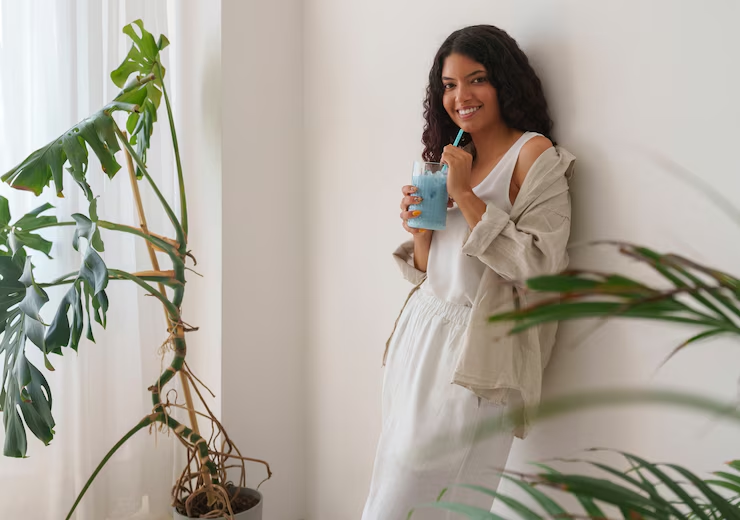
Embracing Minimalism: The First Steps to Living with Less
Minimalism is more than just an aesthetic—it’s a mindset shift that invites clarity, calm, and intention into your life. When you begin to live with less, you free your mind, your space, and your schedule. You save time, reduce stress, spend more consciously, and start to find genuine joy in the simple things. Here’s how to begin your journey toward a minimalist lifestyle.
What Is a Minimalist Lifestyle?
Living minimally means surrounding yourself only with what you truly need and love. It’s about letting go of the unnecessary—both physically and mentally—to make room for what really matters. Minimalism helps you focus on quality over quantity, purpose over impulse, and peace over chaos.
But let’s be clear—minimalism isn’t about being perfect or getting rid of everything. It’s about making intentional choices:
-
You choose items that are useful or meaningful.
-
You create routines and habits that support your well-being.
-
You learn to quiet the mental noise and embrace more peace.
-
Over time, you get to know what truly adds value to your life—and you gently release what doesn’t.
Whether you’re decluttering your closet, simplifying your calendar, or just pausing before your next purchase, each small step brings you closer to a more mindful, fulfilling life. Minimalism doesn’t happen overnight—but the journey is worth every bit of space and freedom it brings.
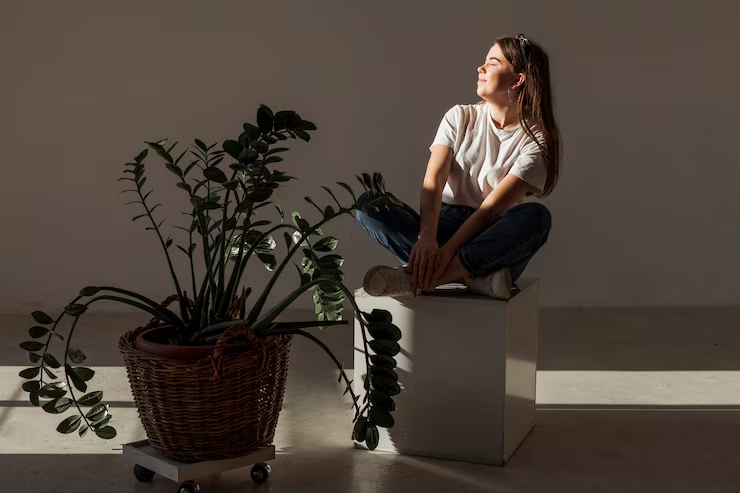
Minimalism: A Clear Path to a Lighter, Calmer Life
Many people today feel weighed down—by closets overflowing with stuff, cluttered spaces, endless to-do lists, and mental noise that never stops. They feel stuck, spending precious time searching for lost items or money on things that end up unused. That overwhelming feeling? It’s not just physical—it’s emotional too. Minimalism offers a way to breathe again.
By simplifying your life, you can reduce stress, regain time, and find calm in the everyday. Here’s how to take your first steps into a minimalist lifestyle:
Why Minimalism Matters
Minimalism isn’t just about getting rid of things—it’s about gaining back what matters. Here’s what it can bring to your life:
-
Saves Money: You buy with intention, avoid impulse shopping, and learn to borrow, repurpose, or fix instead of constantly buying new.
-
Gives You Time: With fewer things to clean, organize, or maintain, you have more space in your day for rest, relationships, and hobbies.
-
Creates Calm: Walking into a tidy, uncluttered space instantly soothes the mind. You feel lighter. You focus better. You breathe deeper.
Step 1: Clarify Your Why
Before you dive into decluttering, get clear on your motivation. Ask yourself:
-
Do I want less stress?
-
More time with loved ones?
-
To save money?
-
To feel more peace and freedom?
Write down your main reason and put it somewhere visible—on your mirror, your phone, or your fridge. It will keep you grounded and motivated when the process feels tough.
Knowing your “why” helps you make aligned decisions. You’ll think twice before buying something unnecessary. You’ll find strength when it’s time to let go. You’ll stay focused on what truly matters to you.
Step 2: Start Small and Simple
You don’t need to overhaul your entire home in a weekend. Start tiny.
Pick one small area—a drawer, a shelf, or a single corner. Set a 15-minute timer. Sort items into three piles:
-
Keep: Only what you love or use regularly.
-
Donate: Items in good condition you no longer need.
-
Toss: Broken, expired, or worn-out things.
Once you’re done, admire your progress. That little win will give you momentum. Tackle another spot the next day—and keep going at your own pace.
Step 3: Set Clear Rules
Simple rules can take the stress out of decision-making and help you stay consistent. Try a few of these:
-
One In, One Out: When something new comes in, something old goes out.
-
No Duplicates: Keep only one of each tool or item unless backups are truly needed.
-
Use It or Lose It: If you haven’t used it in the last six months, let it go.
Rules help you avoid second-guessing. They bring clarity and save you time and mental energy.
Step 4: Cut Digital Clutter
Just like physical clutter, digital clutter drains your focus and peace. (Stay tuned for the next section where we dive into simplifying your digital life.)
Minimalism isn’t about deprivation—it’s about intention. As you begin to simplify, you’ll start noticing more room in your life—not just in your home, but in your mind, your schedule, and your heart. And that’s when the real joy begins.

The Minimalist Lifestyle: Creating Calm, One Step at a Time
Minimalism isn’t just about decluttering your closet—it’s about simplifying your whole life. It’s clearing your space, your mind, and even your digital world to make room for what really matters. From organizing your phone to setting healthy boundaries, the minimalist lifestyle is all about intention. Here’s how to take it further and keep the momentum going.
Step 4: Cut Digital Clutter
Minimalism goes beyond physical belongings—it also lives in your phone, your laptop, and your inbox. A cluttered screen creates a cluttered mind.
-
Clean your phone and computer: Delete unused apps. Remove files you no longer need. Organize photos and documents into labeled folders.
-
Tidy your desktop: A clean digital workspace reduces stress and helps you stay focused.
-
Simplify your inbox: Unsubscribe from emails you don’t read, delete old messages, and create filters to manage incoming mail.
The result? Less screen time wasted, more time spent on what really matters.
Step 5: Build New Habits
Minimalism isn’t a one-time project—it’s a lifestyle built on small, intentional habits.
-
Spend 5 minutes each day tidying up one area.
-
Stick to your “one in, one out” rule.
-
Check your “why” weekly to stay focused and motivated.
Add habits that support your goals:
-
Want more peace? Take a daily walk or enjoy a quiet moment.
-
Want more time? Plan your week every Sunday.
-
Want less financial stress? Track every expense.
These small changes add up to lasting transformation.
Step 6: Learn to Say No
One of the most powerful minimalist tools is the word no. You say no to:
-
Sales you don’t need.
-
Events that drain your energy.
-
Freebies that add clutter.
-
Commitments that don’t align with your values.
It may feel uncomfortable at first—but every “no” is really a “yes” to your priorities. Practice with small things, like declining a freebie you won’t use. Over time, you’ll get more confident setting boundaries that protect your peace.
Step 7: Maintain Your Progress
Once you’ve cleared space, the next step is keeping it that way.
-
Schedule monthly check-ins. Walk through your home, sort new clutter, and tackle any problem areas.
-
Revisit your “why.” As life evolves, so will your needs. Adjust your minimalist rules to match your current goals.
Minimalism isn’t static—it grows with you. And the more you practice, the easier and more natural it becomes.
Final Words: Start Simple, Stay Intentional
By following these first steps toward a minimalist lifestyle, you begin to shift from chaos to calm. You stop chasing more and start appreciating enough. You create space in your life—for joy, rest, purpose, and connection.
Start small. Be consistent. Stay connected to your “why.”
You’ll be amazed at how letting go of the excess helps you hold on to what really matters.
Start today—your future self will thank you.



